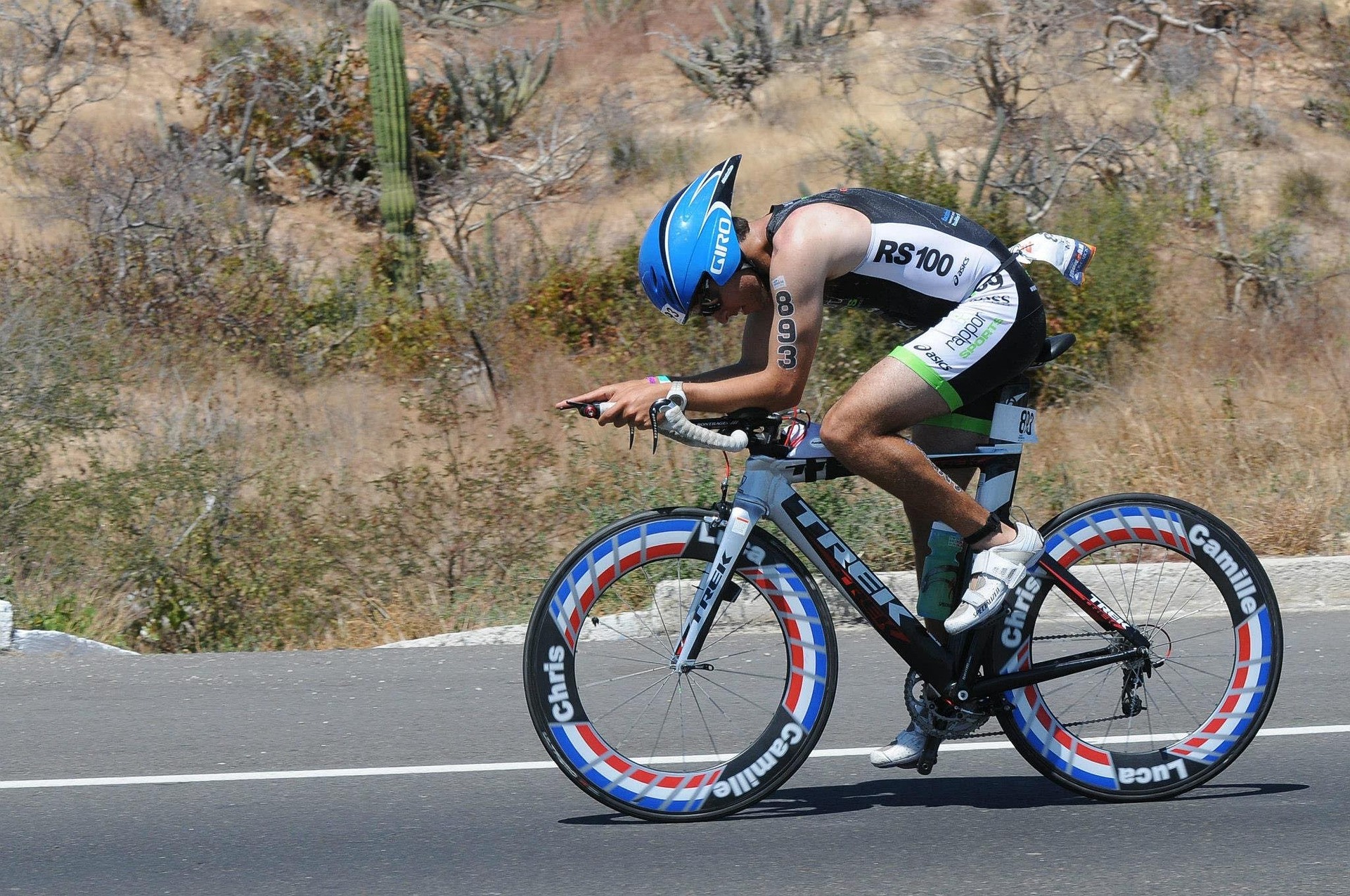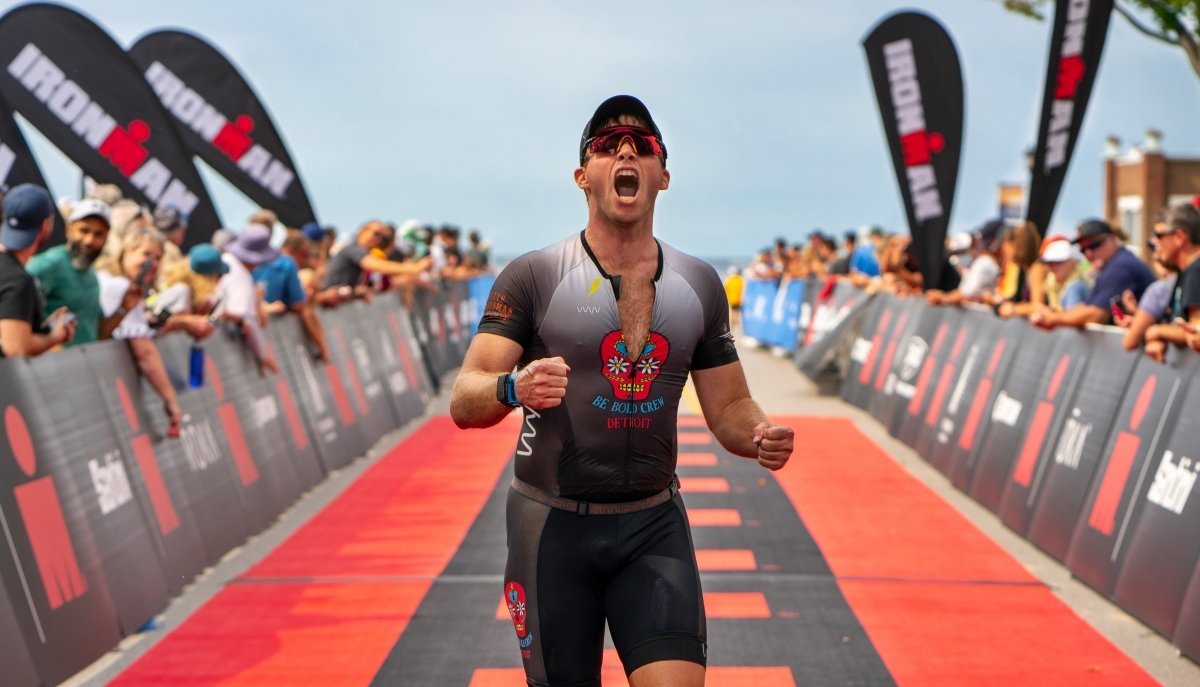

Featured
Should You Workout When Tired
Modified: January 2, 2024
Discover if working out when tired is a good idea. Find out the benefits and risks of exercising in a fatigued state. Featured article for fitness enthusiasts.
Introduction
Feeling tired is a common occurrence in our busy and demanding lives. Whether it’s due to a lack of sleep, mental exhaustion, or physical strain, fatigue can greatly impact our daily activities. One question that often arises is whether it is advisable to workout when tired.
From athletes aiming to maintain their training schedules to individuals striving to meet their fitness goals, the desire to push through fatigue and maintain an exercise routine is understandable. However, it’s important to approach this decision with caution and consideration for your overall well-being.
In this article, we will explore the various factors to consider when deciding whether to workout when tired. We will delve into the potential benefits and risks of exercising in a fatigued state. Additionally, we will provide some valuable tips to help you make an informed decision on how to approach physical activity during times of fatigue.
Before we dive into the details, it’s essential to understand that everyone’s experience with fatigue is unique. What might be manageable for one person may be overwhelming for another. It’s crucial to listen to your body and be attuned to its signals.
While exercise has numerous benefits for our physical and mental health, it’s vital to strike a balance and recognize when pushing through fatigue can do more harm than good. So, let’s delve into the intricacies of working out when tired and navigate through the factors that will help us make an informed decision.
Understanding Fatigue
Fatigue is a state of extreme tiredness or exhaustion that can result from a variety of factors. It can be caused by physical exertion, lack of sleep, prolonged stress, or even certain medical conditions. When we are fatigued, our energy levels are depleted, making it more challenging to engage in physical activities.
One key aspect of understanding fatigue is distinguishing between acute fatigue and chronic fatigue. Acute fatigue is a temporary state that most of us experience after a night of poor sleep or a particularly exhausting day. It is a natural response of the body and can often be remedied with adequate rest and recovery.
On the other hand, chronic fatigue is a persistent and unexplained feeling of exhaustion that lasts for an extended period. It can significantly impact a person’s quality of life and may require medical attention. If you consistently feel fatigued for an extended period, it’s best to consult with a healthcare professional to rule out any underlying health conditions.
It’s essential to recognize the signs and symptoms of fatigue to make an informed decision about exercising when tired. Some common indicators of fatigue include sluggishness, difficulty concentrating, feeling physically weak, and lack of motivation. If you experience any of these symptoms, it may be an indication that your body needs rest and recovery rather than additional physical exertion.
Moreover, it’s important to be mindful of the different types of fatigue we may experience. Physical fatigue is the most common type, which is caused by prolonged physical exertion or exercise. Mental fatigue, on the other hand, occurs when our cognitive functions become overtaxed, leading to decreased focus and mental clarity. Both types of fatigue can impact our ability to perform at our best during exercise.
In the next sections, we will explore the potential benefits and risks of exercising when tired, taking into consideration the understanding of fatigue and its effects on our bodies. By gaining insight into the relationship between fatigue and exercise, you will be better equipped to make informed decisions about your workout routines.
Benefits of Exercise When Tired
While it may seem counterintuitive, there are certain benefits to engaging in exercise when you’re feeling tired. However, it’s essential to approach it with caution and moderation. Here are a few potential benefits:
- Boost in energy levels: Engaging in physical activity can stimulate the release of endorphins, also known as “feel-good” hormones. These hormones can help improve mood and increase your energy levels, providing a natural pick-me-up even when you’re feeling tired.
- Improved blood circulation: Exercise can help increase blood flow throughout your body, including to your brain. This enhanced circulation can lead to improved cognitive function and a sharper mental state, helping combat the mental fatigue that often accompanies physical fatigue.
- Stress relief: Exercise is a known stress reliever. When you’re feeling tired and stressed, engaging in physical activity can help release tension and promote relaxation. It can also provide a healthy distraction from the factors contributing to your fatigue.
- Maintaining routine: For individuals who follow a regular exercise routine, working out when tired can help maintain consistency. It can prevent the disruption of your training schedule and help you stay on track with your fitness goals.
- Aid in sleep quality: Moderate exercise, especially earlier in the day, can help regulate your sleep patterns and improve the quality of your sleep. It can help you fall asleep faster and experience deeper, more restorative sleep, which can alleviate feelings of fatigue in the long run.
It’s important to note that the benefits of exercising when tired may vary from person to person. What works for one individual may not have the same effect on another. It’s crucial to listen to your body and gauge whether exercise is truly beneficial for you in your current state of fatigue.
Remember, moderation is key. Pushing yourself too hard when you’re already tired can lead to further exhaustion and potentially increase the risk of injury. It’s essential to strike a balance between challenging yourself and recognizing your limitations.
In the following section, we will explore the potential risks and considerations of exercising when tired to help you make an informed decision about your physical activity.
Risks of Exercise When Tired
While there are potential benefits to working out when tired, it’s important to be aware of the risks involved. Pushing your body too hard in a fatigued state can have negative consequences. Here are some potential risks to consider:
- Increased risk of injury: When you’re tired, your coordination, reaction time, and overall motor skills may be compromised. This can increase the likelihood of accidents and injuries during your workout. Fatigue can also lead to poor form and technique, making you more susceptible to strains, sprains, or muscle imbalances.
- Delayed recovery: Exercising when already fatigued can hinder your body’s ability to recover properly. Physical activity puts stress on your muscles, and if they don’t have enough time to recover before the next workout, you may be more susceptible to overuse injuries and prolonged muscle soreness.
- Exacerbating fatigue: Over-exerting yourself in a tired state can deplete your energy reserves even further. This can worsen your fatigue and potentially lead to a prolonged state of exhaustion. It’s important to prioritize rest and recovery to allow your body to replenish its energy stores.
- Decreased performance: Fatigue can greatly impact your physical and cognitive abilities. Exercising when tired may result in decreased strength, endurance, and overall performance. It can also impair your ability to focus and concentrate during your workout, potentially leading to suboptimal results.
- Compromised immune system: When you’re tired, your immune system may be weakened, making it more challenging for your body to fight off infections and illnesses. Engaging in intense exercise when your immune system is already compromised can further suppress its function and increase your susceptibility to sickness.
It’s crucial to assess your level of fatigue and consider these risks before deciding to exercise. If you’re experiencing extreme exhaustion or if your fatigue is accompanied by other symptoms such as dizziness or nausea, it’s best to prioritize rest and consult with a healthcare professional.
Remember, it’s important to strike a balance between challenging yourself and taking care of your body. If you determine that exercise may not be the best option when you’re tired, there are other activities you can consider, such as gentle stretching, yoga, or meditation, that can provide some benefits without excessive strain on your body.
Next, we will discuss the importance of listening to your body and understanding its signals when it comes to deciding whether to exercise when tired.
Listen to Your Body
One of the most crucial aspects of deciding whether to exercise when tired is to listen to your body. Your body has an incredible ability to communicate its needs and limitations, and it’s important to pay attention to these signals. Here are some key considerations:
Recognize the difference between fatigue and laziness: Sometimes, it can be challenging to distinguish between genuine fatigue and simply feeling unmotivated or lazy. However, it’s important to trust your instincts and truly assess whether your body needs rest or if you’re just experiencing a temporary lack of motivation. Ignoring genuine fatigue can lead to further exhaustion and increased risk of injury.
Assess the severity of your tiredness: Consider the intensity and duration of your fatigue. Are you experiencing mild tiredness that can be alleviated with some light exercise, or are you feeling completely drained and in need of comprehensive rest? It’s important not to push yourself too hard if your body is signaling that it needs time to recover.
Be aware of any underlying health conditions: Certain medical conditions, such as chronic fatigue syndrome or adrenal fatigue, can cause persistent fatigue that may require specialized attention. If you consistently feel excessively tired, it’s best to consult with a healthcare professional to rule out any underlying health issues that may impact your ability to exercise safely.
Consider the nature of your workout: The type and intensity of the exercise you plan to engage in should also influence your decision. High-intensity workouts or heavy resistance training may not be suitable when you’re tired, as they can place additional strain on your body. On the other hand, low-impact activities, such as gentle yoga or walking, may be more appropriate options to help alleviate fatigue and promote relaxation.
Trust your body’s feedback during exercise: Once you’ve decided to exercise, pay attention to how your body responds during the activity. If you find it increasingly difficult to maintain proper form, experience increased pain, or feel excessively winded, these may be indications that you should dial back the intensity or adjust your workout to better align with your energy levels.
Remember, your body is unique, and what works for others may not work for you. It’s essential to be honest with yourself and prioritize self-care. If you find that exercising when tired consistently leads to negative outcomes or worsening fatigue, it may be necessary to reevaluate your approach and consider alternative strategies for managing your energy levels.
In the following section, we will provide some practical tips to help you navigate exercising when tired and optimize your workout experience.
Tips for Exercising When Tired
Exercising when tired requires careful consideration and a mindful approach. Here are some tips to help you navigate your workouts and optimize your exercise experience:
- Start with a warm-up: Begin your workout with a thorough warm-up to prepare your body for physical activity. Incorporate dynamic movements and stretches to increase blood flow and warm up your muscles. This can help reduce the risk of injury and improve your overall performance.
- Adjust the intensity: Consider lowering the intensity of your workout when you’re feeling tired. Opt for low-impact activities or modify high-intensity exercises to suit your energy levels. Focus on maintaining good form and technique rather than pushing for maximum exertion.
- Shorten the duration: If you don’t have the energy for a full workout, consider reducing the duration. A shorter, focused workout can still provide benefits and allow your body to recover more effectively.
- Incorporate rest and recovery: Include built-in rest periods during your workout session. Allow yourself ample time to catch your breath and recover between sets or exercises. Emphasize proper breathing techniques to facilitate relaxation and optimize oxygen intake.
- Listen to your body during exercise: Pay attention to how your body feels throughout your workout. If you experience severe pain, dizziness, or unusual discomfort, it may be a sign that you should stop and rest. Be mindful of your body’s signals and adjust your workout accordingly.
- Stay hydrated: Drink plenty of water before, during, and after your workout. Proper hydration is essential for maintaining optimal bodily functions and combating fatigue.
- Rest and recover afterwards: After your workout, prioritize rest and recovery. Get enough sleep, nourish your body with healthy foods, and incorporate relaxation techniques such as stretching or gentle yoga to help your body recuperate.
- Vary your workouts: Incorporate variety into your exercise routine to prevent boredom and overexertion. Mix different types of workouts, such as cardio, strength training, and flexibility exercises, to engage different muscle groups and prevent overuse injuries.
- Seek support and guidance: If you’re unsure about how to approach exercising when tired, consider seeking guidance from a fitness professional or consulting with a healthcare provider. They can provide personalized advice and help tailor a workout plan that considers your fatigue levels and overall well-being.
Remember, it’s essential to prioritize self-care and listen to your body’s needs. Be kind to yourself and make adjustments as necessary to ensure you’re exercising in a way that supports your overall health and well-being.
Now that we’ve explored the potential benefits, risks, and considerations of working out when tired, let’s wrap up with a brief summary of the key points discussed in this article.
Conclusion
Deciding whether to exercise when tired is a personal judgment that should take into account several factors. While there are potential benefits, including a boost in energy levels and stress relief, there are also risks to be aware of, such as increased risk of injury and delayed recovery.
Listening to your body is crucial in making an informed decision. Recognize the difference between genuine fatigue and laziness, assess the severity of your tiredness, and be aware of any underlying health conditions. Trust your body’s feedback during exercise and adjust the intensity, duration, and type of workout as needed.
Some practical tips for exercising when tired include starting with a warm-up, adjusting the intensity and duration of your workout, incorporating rest and recovery, and staying hydrated. Vary your workouts to prevent overexertion and seek support and guidance when necessary.
Remember, self-care is paramount. It’s okay to prioritize rest and recovery when your body needs it. By striking a balance between pushing yourself and honoring your body’s needs, you can maintain a sustainable and enjoyable fitness routine.
Ultimately, the decision to exercise when tired depends on various factors, including your individual circumstances and the severity of your fatigue. It’s crucial to reevaluate your approach regularly and make adjustments as needed to ensure optimal well-being.
So, the next time you’re feeling tired and considering whether to work out, take a moment to listen to your body, assess your energy levels, and make an informed decision that aligns with your overall health and fitness goals. Remember, it’s all about finding a balance that allows you to prioritize self-care while still enjoying the benefits of physical activity.









